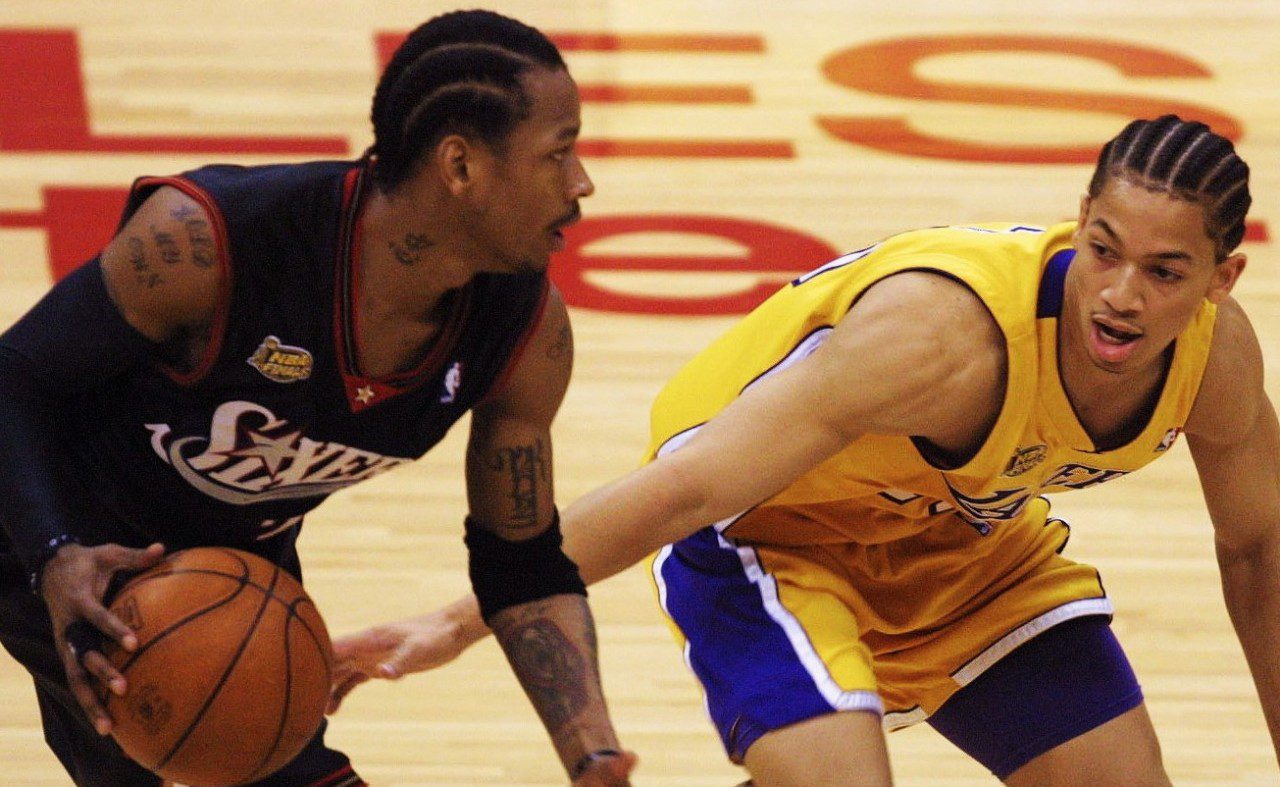
Image courtesy of Mulandar News/Flickr.
The art of getting under someone’s skin in the NBA takes boldness and a little bit of craziness to do right. Some players take it too far, and get caught up in the moment that it backfires, and others apply their head rattling games like Jedi mind tricks. Some call it foul play or dirty tactics, but truthfully it’s all a part of the game we love.
Lance Stephenson of the Indiana Pacers has been making some headlines for his tricks of the trade in attempting to irritate Miami Heat’s Lebron James. Has it been entertaining? Most definitely, and it’s actually quite healthy for the game. The NBA Playoffs are a place where the pressure gets turned up, and more obstacles arise, so Stephenson’s antics were definitely appropriate. A little smack to the face here, a tender blow to the face there, a slap on the chin, and so forth; Stephenson did what he could to be a distraction on the court. Of course, the Miami Heat took the series 4-2 so the antics didn’t work as well as he had planned.
NBA players doing some obscure things on the court to get into someone’s head is definitely not a new thing. There are plenty of players that mastered the art, and even some that took it too far. There are plenty of ways to go about getting under the skin of your opponent, whether it be on the hardwood or the blacktop.
One of the most straight forward ways to get under someone’s skin while playing basketball is to give them a dose of smack talk. Trash talking is an art where the main purpose is to get the other player off their game by pushing them to Hulk out. Now, applying this method may backfire on you because the opposition may use their anger as fuel. For example, trash-talking against Michael Jordan, or any other great, doesn’t really work. That being said, one of the best in the business in talking trash is Kevin Garnett. He simply has no filter, and even in his not-so-stellar days on the Brooklyn Nets, his mouth is still going off. I’m sure Charlie Villanueva still remembers when KG referred to him as a cancer patient, and is plotting his day for vengeance. This past season, KG and New York Knicks’ Andre Bargnani went head to head with the smack talk. Bargnani got ejected, and all KG could say was “I don’t understand Italian,” according to Dimemag.com.
Another way ballers interrupt the opposition’s game is by getting physical. Players in the league today, like Patrick Beverley and Chris Paul, are pesky defenders that shove forearms in sensitive areas and make contact that will disrupt someone’s game. They also practice the art of flopping. These obnoxious methods will usually aggravate the opposition, leading to an outburst, a turnover or a foul. Take Dennis Rodman for example, one of the masters of physical play; the man stood 6 feet 7 inches tall and took on players taller and bigger than him because of his rugged, annoyingly physical style on the court. Travel back to the 1996 NBA Finals and see him break down Frank Brickowski of the Seattle SuperSonics. He definitely initiates the contact, flops, and creates chaos. Rodman’s style of play influenced players in the league today, most notably Ron Artest. James Harden can tell you all about his elbow encounter with the Ronzilla, a descendant of Rodzilla.
Probably one of the most entertaining ways to get under someone’s skin is through showmanship. Displaying you’re the best by dunking on someone like they were nothing isn’t as effective as dunking on someone and flexing in their face right after. Showmanship is a beautiful thing, and can definitely make other players feel small, at least for that moment. Greats like Michael Jordan, Larry Bird, and Kobe Bryant are all masters of using showmanship to drill into their opponent’s heads. It could be something as simple as a cold glare after a big shot that will haunt the other player, as long as you let them know you shook them. One perfect example of this is from the 2001 NBA Finals. Allen Iverson implements his famous cross-over on Tyronn Lue, buries a jump-shot in his face, Lue falls, and Iverson steps right over him. Now, people say that you should let your game speak for itself, but adding an exclamation mark like that is just what’s needed to do some mental damage.
Lastly, you can get into your opponent’s head by being a great actor on the court. A player can take on the role of the abused, the jester, or the nice guy. In taking on the role of the abused, one must master the art of flopping. Sure there are fines for flopping these days, but all the great actors in the NBA have stepped up their acting skills. Take Tony Allen for example, who many think had the 2012 “Flop of the Year.” Allen turns nothing into something, and it wouldn’t even be surprising if he broke a packet of fake blood to sell it even more. Then there’s the jester role, which Rajon Rondo performs so well. Taking on a Dennis the Menace type of character and messing around can really irritate people. Rondo’s known for trying to listen in on the opposing team’s huddles, hovering around like pesky fly. There are also players that call out the bench or even the opposing teams coach. Finally, there are those that play the “nice guy” role or rather project themselves as unflappable. If a player is immune to dirty tactics or trash talk, that becomes a mind game in its own way. It’s tell the opposition “you really don’t bother me; here’s another swish to wrap your mind around.” In Hakeem Olajuwon’s case, he really was a nice guy, but he made himself to be unbreakable. Check out Shaquille O’Neal’s explanation of how he could never rattle Olajuwon.
The masters of the art of irritation in the NBA never just take one of these methods, but rather they exercise a bit of everything. Some may say that these are dirty tactics, but you’ll never have a complete game without them in your arsenal.













